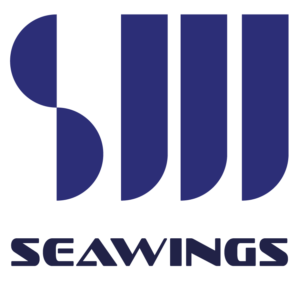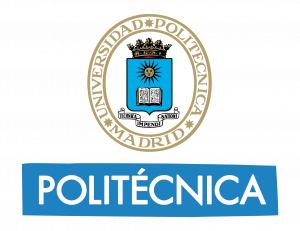CONSORTIUM
LPRC is the coordinator of the project and has experience with managing EU-funded projects and has experience in coordinating and delivering Work Packages. Besides the work as coordinator, LPRC has a strong background in establishing communication, dissemination and exploitation measures and a record of implementing projects related to commercialisation. The main tasks in SEAWINGS therefore include: 1) Overall coordination and management of the project, 2)Support the initial conceptualisation of the system based on end-user requirements, 3)Moderate the work of a large group of Advisors and Observers, 4)Engage with regional governments and defence stakeholders to secure permits and manage logistics for the pilots and 5) Prepare roadmaps and exploitation plans for the commercial exploitation of the results.
UPM, with the Center for Automation and Robotics team, is an expert in Artificial intelligence and machine learning for autonomous robots; Guidance, Navigation and Control; scaled prototypes; simulations and lab testing, which will be within the scope of the technical WPs. Supporting this team will be the UPM School of Naval Engineering team, involved in Computational Fluid Dynamics studies and Water channel experiments, complementing the work of the Robotics team and the other technical partners. UPM’s participation on the project is mostly related to research on advanced control techniques, modeling and testing both on digital and physical models; general WIG concept, power systems; as well as research on innovative guidance and control techniques for fast response.
INESC TEC is a research institution, dedicated to scientific research and technological development, technology transfer, advanced consulting and training, and pre-incubation of new technology-based companies. To SEAWINGS they bring their know-how in robotics and related topics and their infrastructure (TEC4SEA). INESC TEC will be the main responsible for perception and sensor fusion, monitoring and visualization of the SEAWINGS models, including software and hardware implementation. INESCTEC will be in charge of the perception and sensor fusion of the sensors and will provide contributions in in the study of perception sensors for autonomous WIG, mainly in the research of fast guidance and navigation, mission management and operator interfaces and field trials, and WP6 in the integration field experiments. INESCTEC will also participate in the project management, user requirements, serious games and dissemination and exploitation contributing with their knowledge to the tasks.
Z&P is a research and advisory company leader in Europe in the field of security, defence and technology and brings their regulatory, legal and organizational expertise to SEAWINGS. Z&P will be the main responsible to analyse the features of the solutions and potential applications to the maritime domain, taking into consideration the challenges and threats faced by new technology in defence applications. They will also be the main responsible for the users data collection, which will be necessary to define the design of the UWG and other steps for project implementation, but also participate in other relevant tasks on other work packages. These tasks require expertise in security, defence, technology data as well as outputs from the research on end-users’ requirements.
Trisolaris is a Start-Up which will be the main/final responsible for the final SEAWINGS model integratition and demonstration. Trisolaris will advance the technology readiness to TRL-5 by building a full-sized SEAWINGS model drone. Trisolaris will also lead the implementation of Field Missions to test the full-size drone capabilities under real-life conditions and, at the same time, demonstrate how this technology would address the needs of customers and end-users. This would be further developed in the service and demonstration centre for the SEAWING drone that Trisolaris will create and manage. This comprises: a) Integration of systems and subsystems (e.g. perception, navigation, mission management, scientific instruments, data storage, batteries); b) Integration of structural components; c) “Unit” testing of individual components, sensor calibration and assessment of data flow; d) Dry testing of all components and subsystems, sensor calibration and assessment of data flow, e) Subsystem prototypes laboratory testing, f) Analysis of test results and g) Further development of system concepts based on test results. Trisolaris will also lead the implementation of Field Missions to test the full-size drone capabilities under real-life conditions and, at the same time, demonstrate how this technology would address the needs of customers and end-users. This would be further developed in the service and demonstration centre for the SEAWING drone that Trisolaris will create and manage.
Porvalor, another SME, will contribute regarding how asset management principles and techniques can help push the boundaries of sophistication and innovation to improve the life cycle management of critical engineered assets toward more sustainable and resilient cities and societies. It will also be responsible to develop the cybersecurity capacities of SEAWINGS. Porvalor is involved in the Analysis of regulations regarding WIG crafts and Stakeholder requirement collection, definition of Mission management, and field mission implementation and evaluation. From participation in these tasks Porvalor also contributes to scenarios and creation of SEAWINGS game and commercial exploitation.







